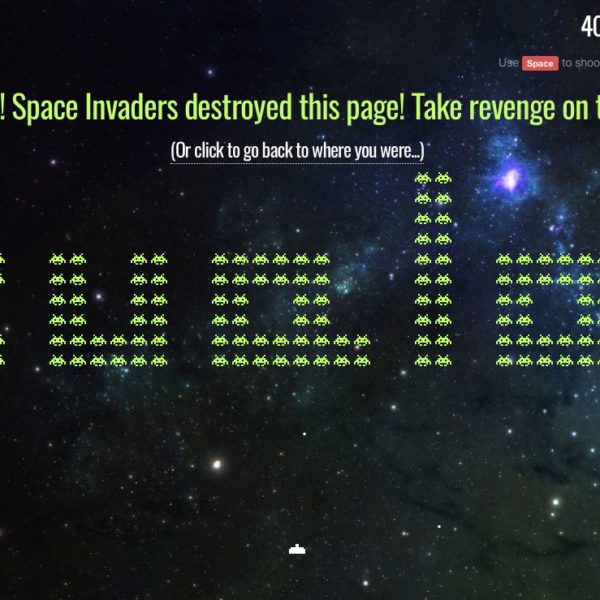
Every website over a hundred pages needs an editorial style guide right? This rule book promises consistency across multiple pages, social media accounts and the styles of different content creators.
But the style guide usually comes as a pain in the arse (or should that be ass?) for those content creators. They don’t want to wade through a fat book of rules or scroll through endless pages of spelling lists. And the editors who create these comprehensive documents get a reputation for being what the Finns call pilkunnussija, which politely translates as “people who make love to commas”.
Don’t get us wrong. Some commas should be “made love to”. It’s important to think about punctuation, word choice, formatting and every element of your content. Editorial style guides come from the print industry where a single mistake means pulping thousands of books, so spelling every rule out is vital. But digital is a little more forgiving.
Do you even need a style guide?
It’s worth asking. There are lots of great style guides out there already that may already do the job. You should review a few existing style guides before creating your own. Some may already have a great section on spelling that you can refer to or a useful take on capitalisation. If nothing else, you’ll respond to them and give yourself a sense of some of the decisions you’d make.
Here’s a few we like to get yourself orientated:
- ABC Style Guide – A comprehensive guide to writing for Australia’s national broadcaster. Sure it could be briefer but this guide is authoritative for broadcasters across Australia including information on writing about LBQTIA+.
- Buzzfeed Australia Style Guide – What’s interesting about this is that it supplements the Buzzfeed Style Guide by specifying that they use the Macquarie Dictionary and includes an Indigenous terminology guide. The word list is a joy including Australian phrases like “rack off” and “goon bag”. For a global company, acknowledging local vernacular helps target their local audience.
- Mailchimp Content Style Guide – They walk it like they talk it in this fun guide that does a great job on tone. They also know that style guides don’t get read if they’re too long so they include a tl:dr version. Also available on Github to customise and make your own.
- Quick Associated Press Style (in Scribd) – it’s short and sharp with the idea that you’d look it up when you’re writing an article. There’s a longer (paid) guide but this will get you started.
- Commonwealth Style Manual – a print version was last updated in 2002 but the DTA will review the authoritative document this year.
Make it useable and useful
There are several elements that are common in most editorial style guides such as rules for capitalisation, punctuation or spelling. Style guides are great for laying down the whole rulebook, but when your content creators as frantically trying to write an article for a tight deadline, are they really going to be able to read through an exhaustive document?
That’s why it’s useful to create cheatsheets or tl:dr versions that give content creators enough of the rules to get the job done. What are the big tasks that your content creators they do regularly? In big organisations there is often a need to write news that have to speak to all departments, so write a a one-pager (or less) that has the style basics they need to get that task done. Finding the top tasks for your organisation could mean you write 4-5 one-pagers that are frequently used rather than a hefty guide that gathers dust.
Style vs tone
So where does style end and tone begin? If a style guide is too prescriptive, you’ll lose the very characteristic that makes your content interesting: a strong authorial voice. But you also don’t want your brand to sound like any single author. Talking upfront about tone with editors and content creators is a good way around this.
In that editor/author conversation, it’s useful to ask tone questions such as:
- What are five words that describe our tone?
- Where are we on the humour scale? LOL funny or gently wry? Or deadly serious? (It can be tough to mandate funny content with individual tastes).
- Are we giving people information clearly and quickly? What is our minimum reading age?
- Are we talking to a specialist audience who understand our jargon? (And should those words be noted in a spelling list).
Previously, when we talked about social media we suggested the idea of your brand’s persona. Agreeing on this personality for your websites and social accounts is a great way to get direction on how to create content while still allowing for creativity.
“But it’s just a guide right?”
Everyone will say that “It’s just a guide” once you unveil your lovingly crafted master document. So think about what needs to be more than a “just a guide”. You can codify some style guide elements in Content Management Systems – uploading a customised spelling list, for example. If you work in a big organisation, you might consider promoting some parts of the guide to be policies or a document that is enforceable. This is a common approach for accessibility for Australian Government organisations.
And don’t forget training. Rolling out a new style guide should include the opportunity for staff to get to know the new rules or refresh on changes over time. It doesn’t have to be a “death by PowerPoint” session where you tramp through every single page of the guide. You can treat it as a lab where you might just cover the one-page tasks – rather than read through that whole document. Ultimately the greatest compliment your style guide can get is that people found it useful.


